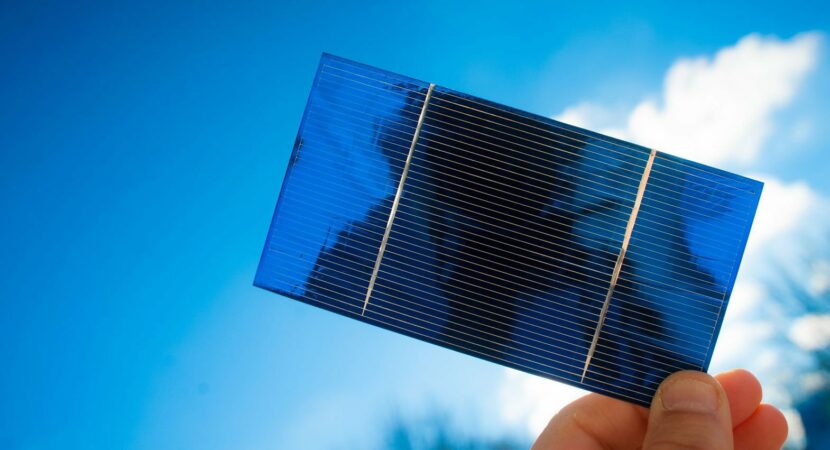
Scientists in China have developed a model of data transmission technology that works with underwater solar cells.
Excellent quality wireless underwater communication system technology has been developed. The innovation was created by scientists from the University of Zhejiang, in China, from the use of solar cells in series that play the role of detectors, for submerged data transmission.
Read also
- Solar energy financing: high demand to finance the installation of solar panels wins new lines of credit;
- New technologies from renewable sources has a 23-meter generator that produces wind energy for 24 hours;
- Construction of a solar power plant by CelgPAR in the state of Goiás will have 15 solar modules.
According to the original text by Gustavo Minari for the Canaltech, these series-connected solar cells are able to identify and absorb light beams quite quickly and efficiently, as they have a significantly larger surface area than conventional photodiodes. In this way, it is possible to transform solar cells into a more efficient receiving matrix, eliminating the alignment obstacles that usually impede the transmission of data and information.
Jing Xu, professor at the University and the lead author of research on this technology, clarifies: “There is a critical need for more efficient underwater communication to meet the increasing demands of data exchange in ocean protection activities around the world. In addition, this type of system also allows the transmission of information and the generation of energy in a single device”.
More streaming in less time with new technology
Comparing Chinese technology to the use of radio waves or acoustics in transmitting information, the underwater wireless system with solar cells has a higher speed, lower latency and does not require as much power. However, the optical devices in question require a precise alignment between the transmitter and the receiver of the sunlight beams, which makes it impossible to install them in complexes at great distances.
To solve this issue, Chinese scientists have chosen to use computer modeling and simulations of solar cells with connections to each other in order to leverage the peripheral circuit of the advanced technology model, expanding the bandwidth and improving the transmission performance of large data volumes.
“Until now, achieving high-speed links using conventional silicon solar cells required very complex modulation schemes and algorithms, which need intense computational resources, consume extra energy and create high processing latency”, adds scientist Xu.
submerged data
Scientists at the Chinese University experimented with the new technology using a panel of solar cells measuring 3×3 centimeters in a tank measuring 7 meters in length to represent the conditions present at the bottom of the water. By using mirrors to form a 35-meter rail for the photovoltaic signal, they were able to transmit information wirelessly at 150 Mbps.
To further develop this solar cell technology, the scientists intend to improve the system and make it capable of working at long distances from laboratories. The objective is to expand the range and performance of the model with milder signals, so that it is possible to apply it in places with muddy water or with more intense movements.
Finally, professor and scientist Jing Xu adds: “As solar cells are mass produced, the proposed scheme is very economical. In addition to the underwater world, this type of detector can also be used in visible light transmissions, a type of wireless communication that uses LEDs and other light sources to carry data over a distance.”












